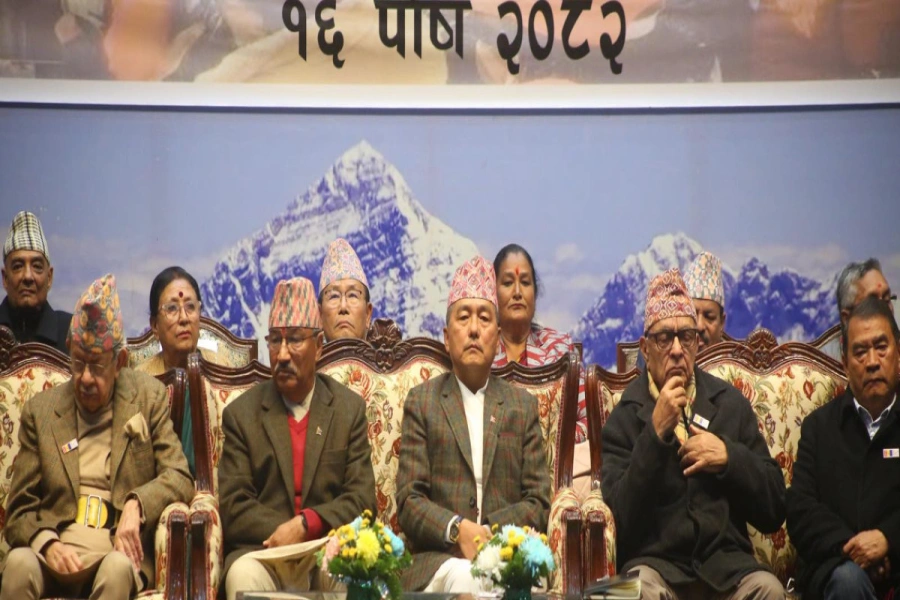Kanwar Yatra is a journey that Shiva bhakts embark on, on the Mondays of Shrawan. The devotees take a long hike, barefoot, in the quest for holy water as an offering for their principal deity, Shiva. While the Indian devotees make the journey to the Ganges, the Nepali counterparts follow the same practice to fetch water from Sundarijal.
Throughout the journey, the devotees chant ‘Bolbam’, in the name of Lord Shiva. Though the number of male participation overshadows their female equivalent, a handful of women can be found amid an army of men dressed in orange clothing.
Lamjung witnesses decline in orange production this year

Additionally, the precision required during the journey elevates its difficulty. It is forbidden for the participants to consume meat or alcoholic beverages. Also, the devotees should stay clear of soap, cosmetic fats, or oil while performing the bath ritual. Moreover, cleaning their teeth with a twig (dantawin) is mandatory.
After the holy dip in Sundarijal, the devotees make a return-trip to Pashupati, with two flasks of water. Despite the utter dedication required during the yatra, a younger few -- under the influence of alcohol, and the holy ganja -- have led to defaming this religious trip.
Junctions blasting devotional tunes and commercial Hindi songs have been increasing on a yearly basis. From these make-shift clubs, sightings of Kanwarias swinging to the trip of various intoxicants are also common. Moreover, trucks with cranked up the volume and cramped up orange attired devotees have also appeared in some parts of the city.
The modern practices are unconventional and against the customary practices of the Kanwar Yatra. Yet, a few, who have succeeded in grasping the town’s attention, have led to questioning the relevance of the borrowed tradition in Kathmandu.




































